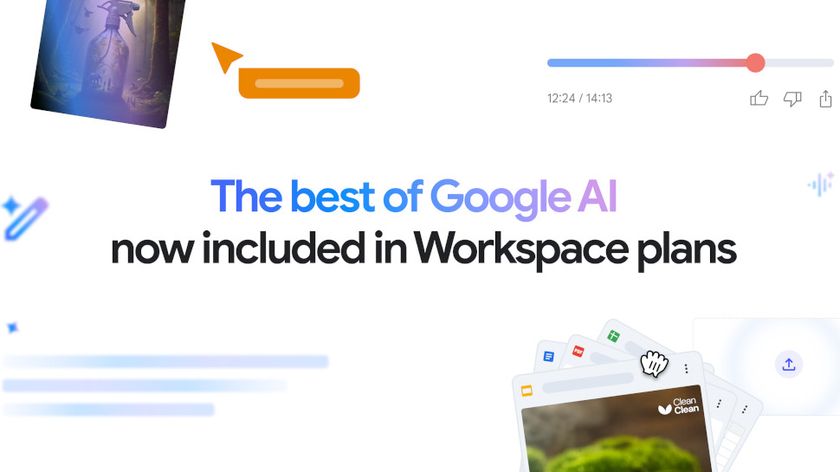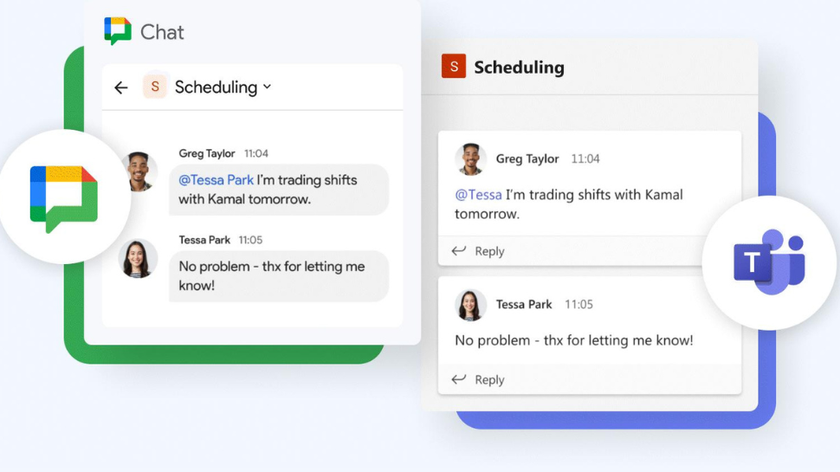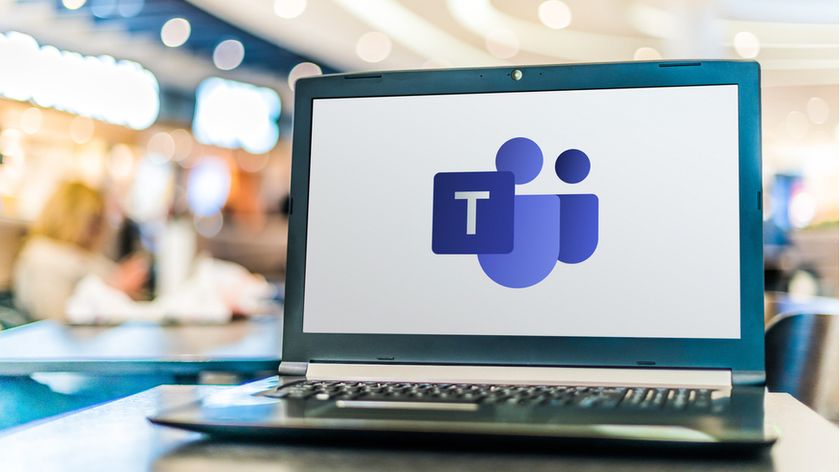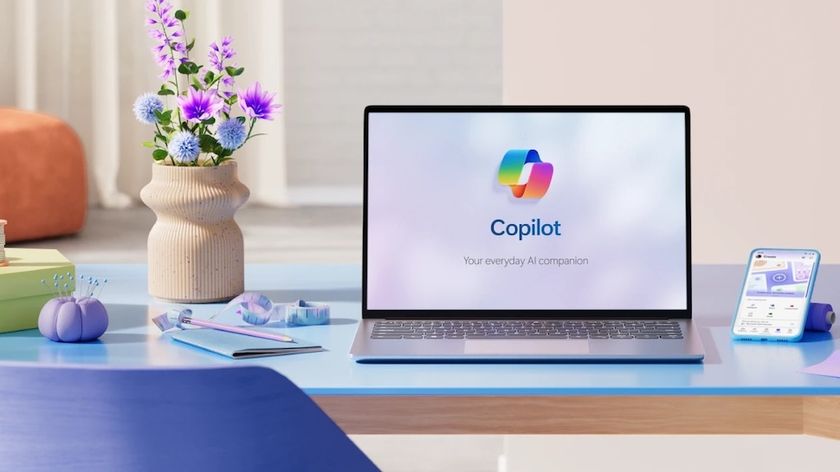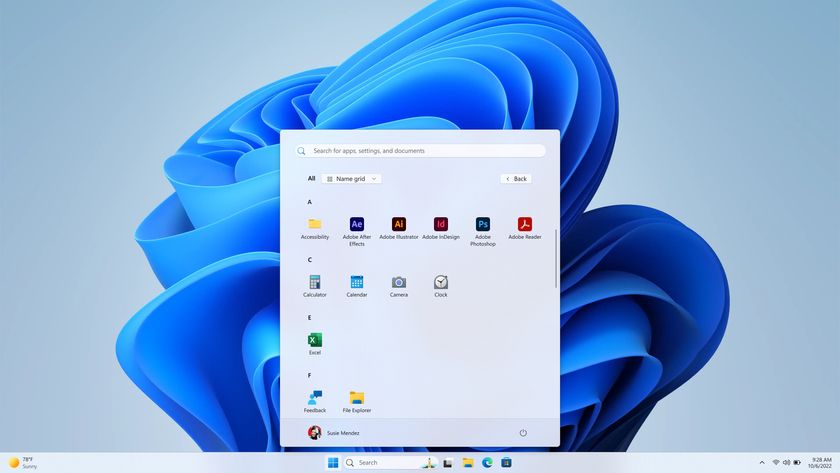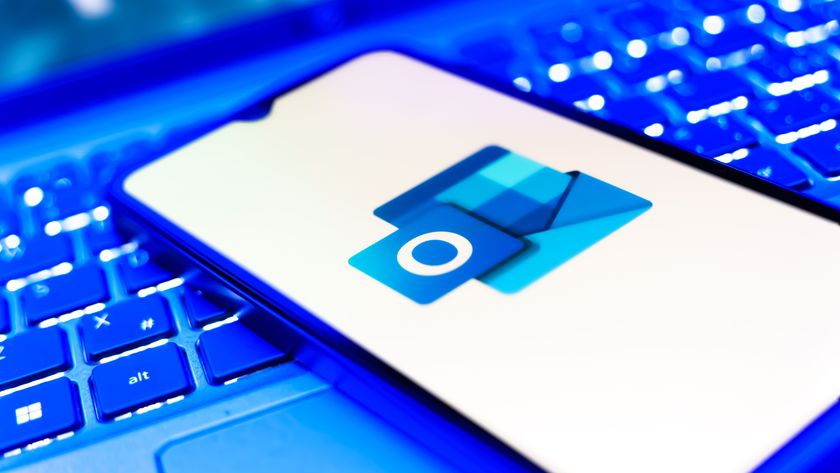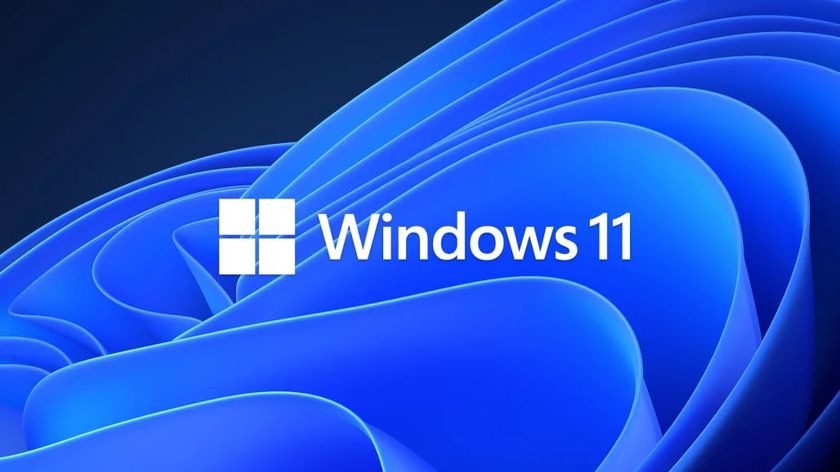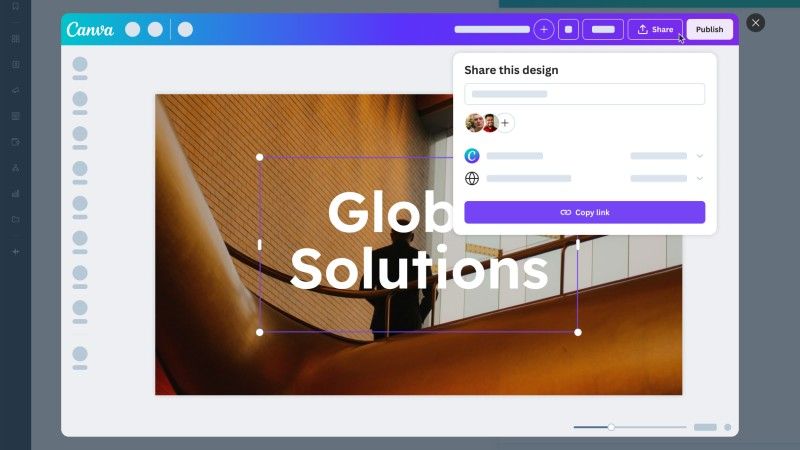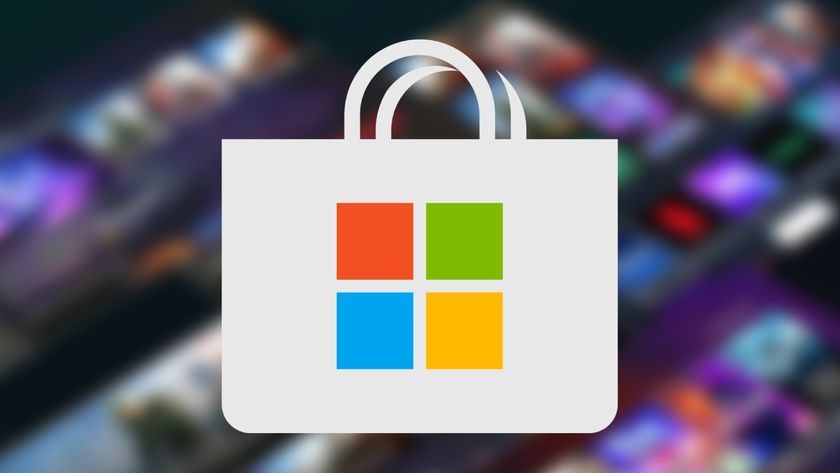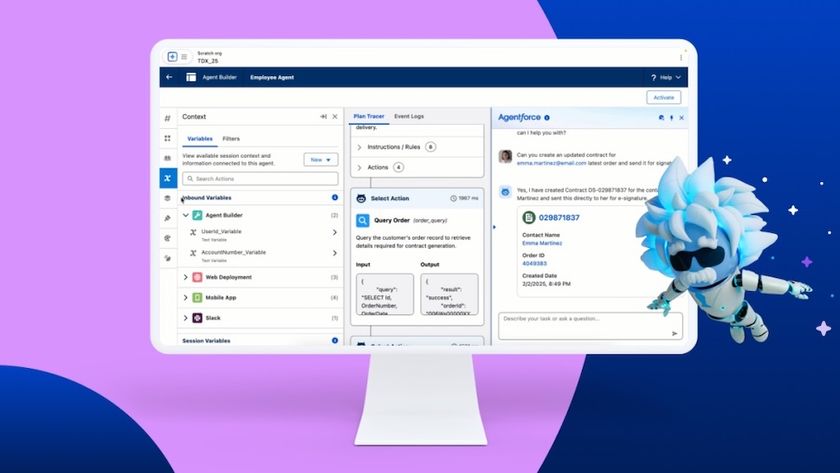Google tells free G Suite legacy users it's time to start paying
Bad news - Google Workspace will now cost you
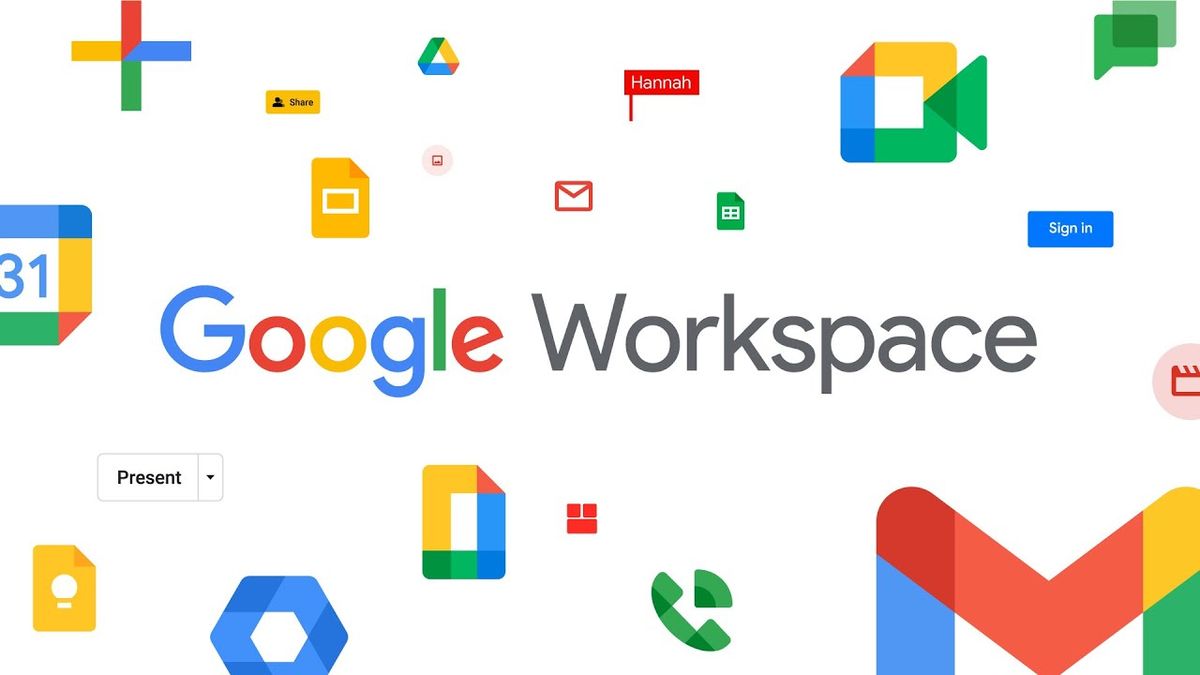
Google has announced a major shake-up for users of its free legacy office software products, who will now have to pay up or lose access to the likes of Gmail, Docs, and Meet.
From May 1 2022, G Suite legacy free edition users will need to switch to a paid Google Workspace subscription in order to keep using the software.
Google says that the G Suite legacy free edition itself will no longer be available from July 1, 2022, with any users found not to have started paying after 60 days being locked out.
No more free G Suite
"To maintain your services and accounts...upgrade by May 1, 2022," a help page on the Google Support site noted. "Upgrading to Google Workspace takes just a few steps with no disruption to your users. After you upgrade you can use your new subscription at no cost until at least July 1, 2022."
In a seperate email to admins seen by TechRadar Pro, the company said from May 1, it plans to automatically upgrade free users to "an upgraded Google Workspace paid subscription" based on its analysis of the customer's usage and the features it thinks you'll need.
Google Workplace plans start at $6/user/month for its Business Starter option, with Business Standard ($12/user/month), and Business Plus $18 /user/month also on offer, providing an increasing level of services with the amount paid.
Google is offering a discount for 12 months, and won't start charging subscription fees until July 1, 2022. The company is also offering businesses who don't want to pay or upgrade the chance to export their data at no extra cost.
Are you a pro? Subscribe to our newsletter
Sign up to the TechRadar Pro newsletter to get all the top news, opinion, features and guidance your business needs to succeed!
Google rebranded G Suite as Workspace back in October 2020 in a bid to bring more structure to its myriad of apps and services.
Initially described as "the future of work", the new platform looked to improve the interoperability of its various productivity services, blurring the lines between each product for a more fluid feel.
The change also coincided with a major shift in the way staff work and collaborate with each other due to the new hybrid working way of life helped by the pandemic.
“This is the end of the ‘office’ as we know it. From here on out, teams need to thrive without meeting in person, protect their time to focus on the most impactful work, and build human connection in new ways,” Google said at the time.
- Here's our list of the best productivity tools on the market

Mike Moore is Deputy Editor at TechRadar Pro. He has worked as a B2B and B2C tech journalist for nearly a decade, including at one of the UK's leading national newspapers and fellow Future title ITProPortal, and when he's not keeping track of all the latest enterprise and workplace trends, can most likely be found watching, following or taking part in some kind of sport.
